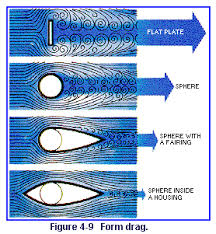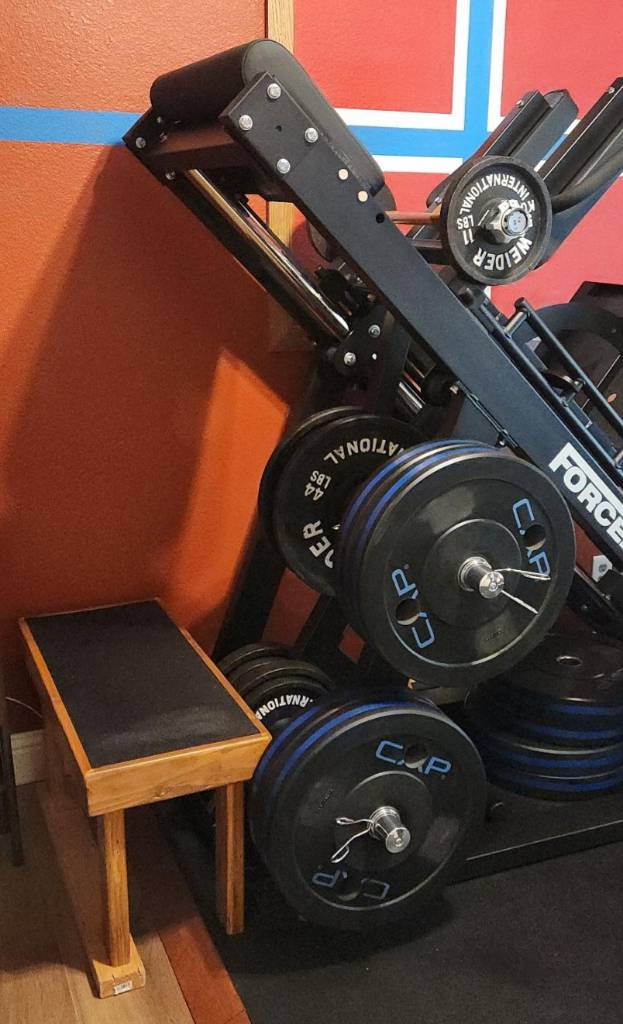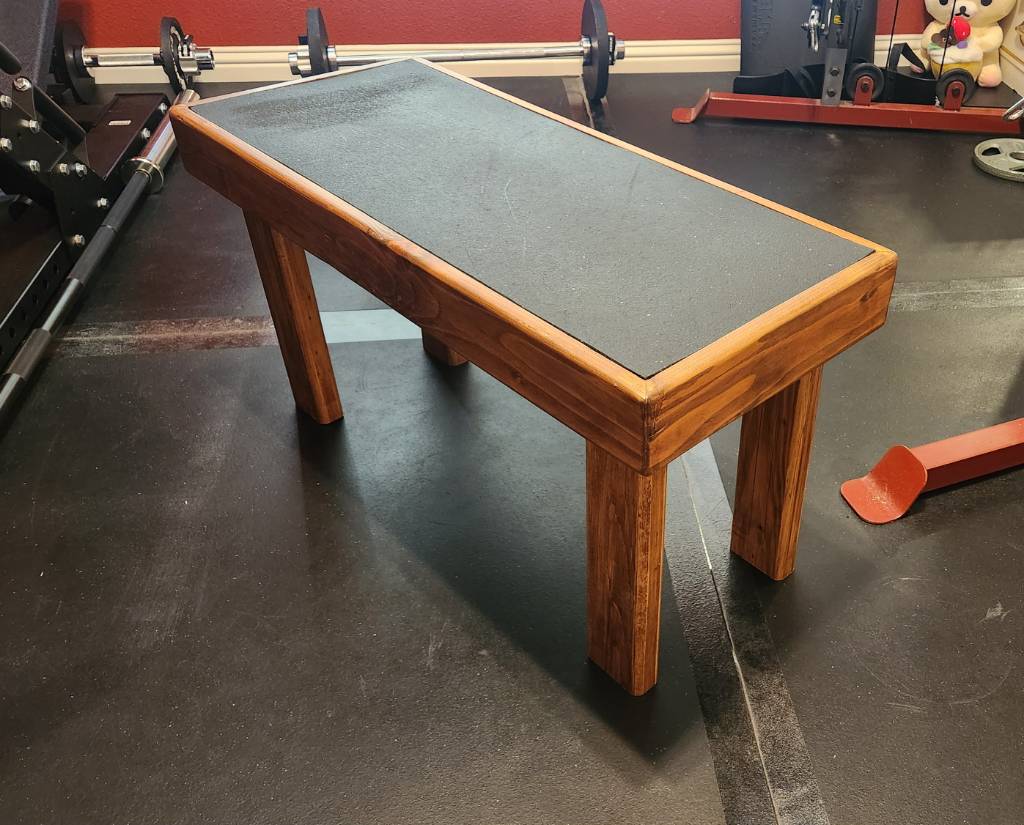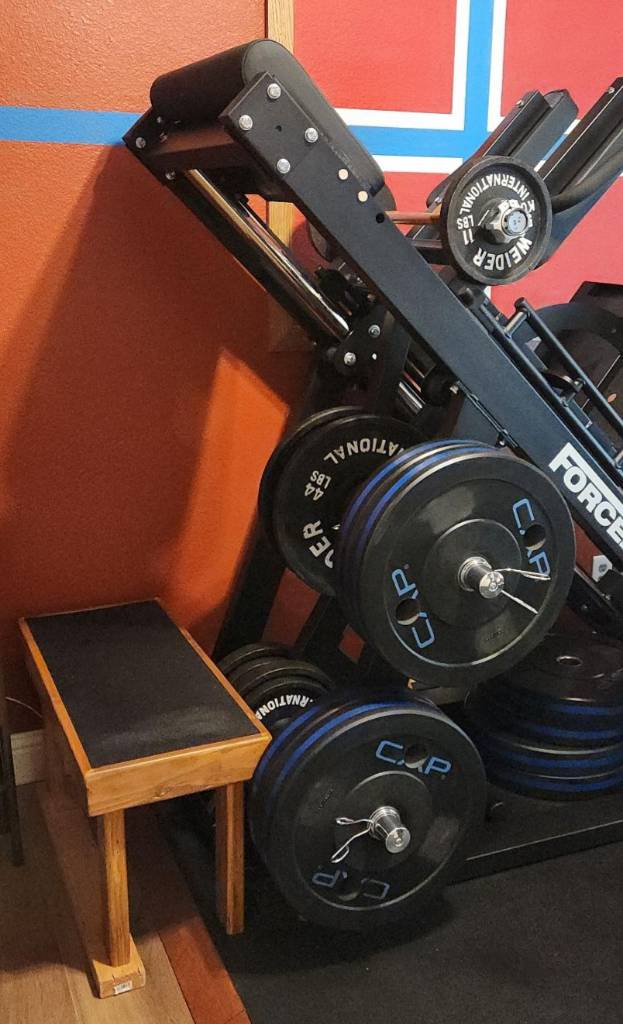commercial appliances didn’t take any stand-by measures to avoid “keeping the wires warm”
Generally speaking, the amount of standby current attributable to the capacitors has historically paled in comparison to the much higher standby current of the active electronics therein. The One Watt Initiative is one such program that shed light on "vampire draw" and posed a tangible target for what standby power draw for an appliance should look like: 1 Watt.
A rather infamous example of profligate standby power was TV set-top boxes, rented from the satellite or cable TV company, at some 35 Watts. Because these weren't owned by customers, so-called free-market principles couldn't apply and consumers couldn't "vote with their feet" for less power-hungry set-top boxes. And the satellite/cable TV companies didn't care, since they weren't the ones paying for the electricity to keep those boxes powered. Hence, a perverse scenario where power was being actively wasted.
It took both carrots (eg EnergyStar labels) and sticks (eg EU and California legislation) to make changes to this sordid situation. But to answer your question in the modern day, where standby current mostly is now kept around 1 Watt or lower, it all boils down to design tradeoffs.
For most consumer products, a physical power-switch has gone the way of the dodo. The demand is for products which can turn "off" but can start up again at a moment's notice. Excellent electronics design could achieve low-power consumption in the milliwatts, but this often entails an entirely separate circuit and supply which is used to wake up the main circuit of the appliance. That's extra parts and thus more that can go wrong and cause warranty claims. This is really only pursued if power consumption is paramount, such as for battery-powered devices. And even with all that effort, the power draw will never be zero.
So instead, the more common approach is to reuse the existing supply and circuitry, but try to optimize it when not in active operation. That means accepting that the power supply circuitry will have some amount of always-on draw, and that the total appliance will have a standby power draw which is deemed acceptable.
I would also be remiss if I didn't mention the EU Directives since 2013 which mandate particular power-factor targets, which for most non-motor appliances can only be achieved with active components, ie Active Power Factor Correction (Active PFC). While not strictly addressing standby power, this would be an example of a measure undertaken to avoid the heating caused by apparent power, both locally and through the grid.







Looking at the images you've attached, this appears to be an 8 ft wide by 6 ft tall fence. That's a good amount of weight in just the wood, and there isn't any part of the design that diagonally braces the frame, except the steel cable... which tore from its mounts.
My layman's view is that you absolutely need diagonal wood elements, which should only be installed after unloading the fence, either by removing the boards or by propping up the wheel-end so the frame returns to being squared. If the wheel interferes with this, remove it for the time being.
But I think you'd still need the steel cable, and if that has broken from its originally designed mooring, then this gate is already compromised. You may have to start over with a new Adjust-A-Gate kit or repair the current one so the cable will mount to the steel parts, rather than the wood.
I would say to rectify the diagonal supports first, before doing anything with the hinges, since if the hinges were actually the root problem, this gate would have already fallen over. That said, it seems to me that such a wide gate might have called for more substantial hinges.
The other commenter's suggestion to consider a pair of less-wide gates is also sound, if the goal is a minimal-fuss gate that will last at least a decade of additional sagging and weather.